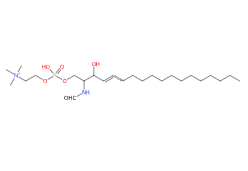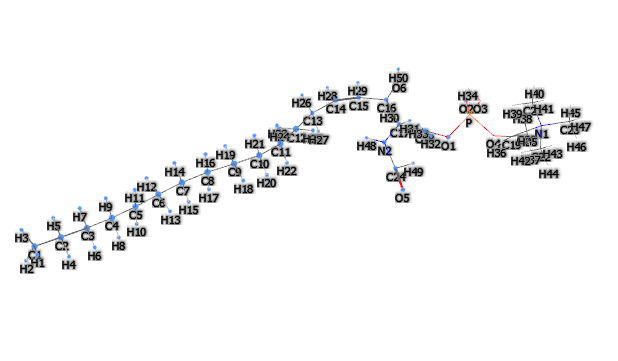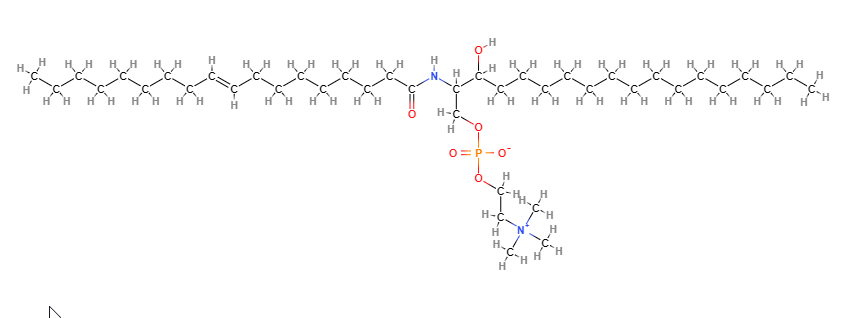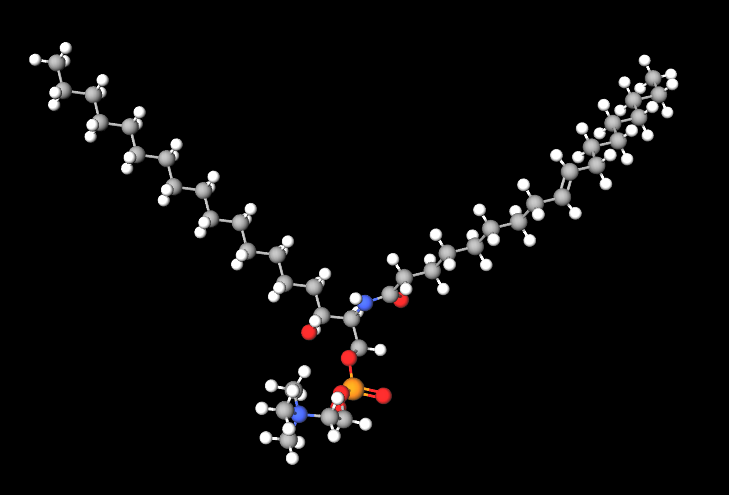E246 (Glycolipids).
Glycolipids are biologically important , complex mixtures with low molecular weight, in natural sources, a class of lipids (about 300 oligosaccharide groups) found in brain and other nerve tissue. They are involved in many biological events as receptors of biosignals, modulating receptor function. In the plant kingdom they are found in the biomembranes of fungi, bacteria, animals, in photosynthetic organelles in plants and algae where they are essential for maintaining optimal photosynthesis efficiency. They are obtained from chicken egg yolk, bovine spinal cord, microbacteria and yeasts.
They are presented in the form of a white powder.
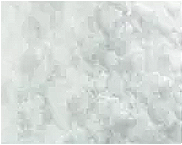
There are various glycolipids obtained from yeast microorganisms (1):
Trehalose lipids (derived from Rhodococcus erythropoli), Mannosilleretritol lipids (derived from Pseudozyma aphidis, Pseudozyma antarctica), Cellobiose lipids (derived from Pseudozyma flocculosa,Ustilago maydis), Sophorolipids (derived from Rhodotorula bogoriensis, Starmerella bombicola, Candida apicola).
What they are used for and where they are used
Biotensioactives, which contain phosphocholine and phosphoethanolamine, play a role as secondary metabolites. They are used industrially, but still have a high cost of production and a relatively low yield, so their use is still rather limited.
Medical
Glycolipids play an important role in the development and maintenance of nerve tissue (2) with some antifungal, antimicrobial and antiviral properties. They can form pores and destabilise the biological membrane by acting as haemolytic agents (3).
Food
Used as antibacterial for food preservation. Ingredient included in the list of European food additives as E246, preservative.
Cosmetics
Included in formulations as bio-preservatives with anti-fungal properties to prevent product deterioration due to pathogenic bacteria Due to their anti-adhesive properties that can interrupt biofilm formation, they are also included in toothpastes.
Skin conditioning agent. It is the mainstay of topical skin treatment as it has the function of restoring, increasing or improving skin tolerance to external factors, including melanocyte tolerance. The most important function of the conditioning agent is to prevent skin dehydration, but the subject is rather complex and involves emollients and humectants that can be added in the formulation.
For more information:
Glycolipids studies
| Appearance | White powder |
| PSA | 144.36000 |
| LogP | 9.53 |
| Storage | −20°C |
- Molecular Formula C41H84N2O6P C24H50N2O6P+
- Molecular Weight 493.6
- CAS 85187-10-6
- UNII 25WE4JC35O
- EC Number 286-097-2
- DSSTox Substance ID
- IUPAC 2-[[(E,2S,3R)-2-formamido-3-hydroxyoctadec-4-enoxy]-hydroxyphosphoryl]oxyethyl-trimethylazanium
- InChI=1S/C24H49N2O6P/c1-5-6-7-8-9-10-11-12-13-14-15-16-17-18-24(28)23(25-22-27)21-32-33(29,30)31-20-19-26(2,3)4/h17-18,22-24,28H,5-16,19-21H2,1-4H3,(H-,25,27,29,30)/p+1/b18-17+/t23-,24+/m0/s1
- InChl Key LRYZPFWEZHSTHD-HEFFAWAOSA-O
- SMILES CCCCCCCCCCCCCC=CC(C(COP(=O)(O)OCC[N+](C)(C)C)NC=O)O
- MDL number MFCD00132361
- PubChem Substance ID
- NACRES NA.25
- CCRIS 7516
Synonyms
- Sphingomyelins
- N-acyl-sphing-4-enine-1-phosphocholine
- Ethanaminium, 2-[[hydroxy[[(2S,3S,4E)-3-hydroxy-2-[(1-oxohexadecyl)amino]-4-octadecen-1-yl]oxy]phosphinyl]oxy]-N,N,N-trimethyl-, inner salt
- N-acil-4-sfingenil-1-O-fosforilcolina
References______________________________________________________________________
(1) Jezierska S, Claus S, Van Bogaert I. Yeast glycolipid biosurfactants. FEBS Lett. 2018 Apr;592(8):1312-1329. doi: 10.1002/1873-3468.12888.
(2) Furukawa K, Okuda T, Furukawa K. Roles of glycolipids in the development and maintenance of nervous tissues. Methods Enzymol. 2006;417:37-52. doi: 10.1016/S0076-6879(06)17004-4.
(3) Inès M, Dhouha G. Glycolipid biosurfactants: Potential related biomedical and biotechnological applications. Carbohydr Res. 2015 Oct 30;416:59-69. doi: 10.1016/j.carres.2015.07.016.
![]() E246
E246 



